Can You Hunt Deer With a Shotgun? Everything You Need to Know
Last Updated on
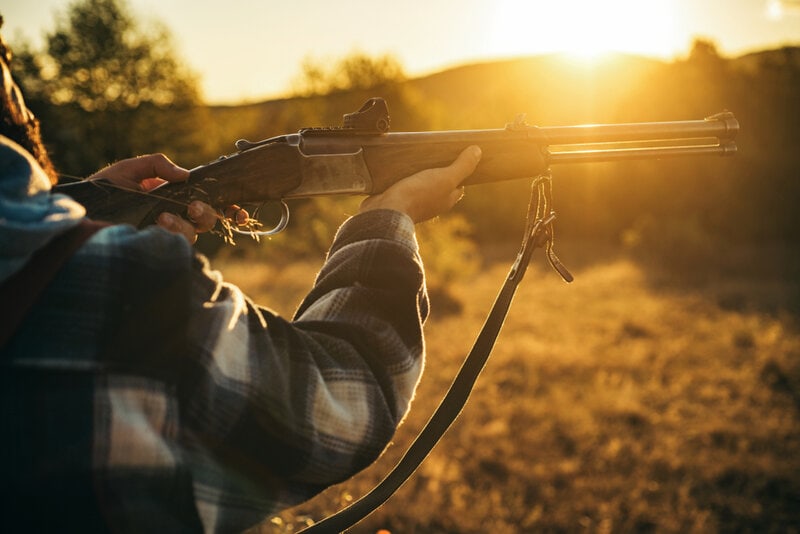
Deer hunting is one of the most popular types of hunting in the United States. Since you can find deer in most states, every year, millions of hunters take to the woods in search of a trophy buck. However, you need to ensure you’re using the right gear when it comes to deer hunting. The most crucial step of the process is to choose the right weapon.
Speaking of weapons, shotguns are common among hunters. But can you use them for hunting deer? Yes! A shotgun is the right choice if you’re planning to hunt deer from a short distance since the weapon is ideal for short-range shooting. Let’s learn more about hunting deer with a shotgun.

Is a Shotgun Good for Hunting Deer?
A shotgun uses the energy of a fixed shell to deliver many small, pellet-like projectiles known as shots to the target. The shotgun has traditionally been used for close-range shooting.
In most applications where a shotgun is used, the user will only fire a single shot before needing to reload, making it a slow method of firing compared to other weapons such as rifles. Thus, you generally have to be close to your target when hunting deer with a shotgun.
Ideally, 200 yards is the maximum effective range for most shotguns, though shots fired at 100 yards or less will do much more damage.

What Kind of Shotgun Can You Use for Hunting Deer?
While it’s better to use a rifle for hunting deer, if a shotgun is your ultimate weapon of choice, you must opt for the best one. Here are the shotguns you can use for hunting deer.
Pump-Action Shotguns
A pump-action shotgun is one of the best weapons for deer hunting as it’s easy to fire accurately. It’s also relatively inexpensive, making it an excellent choice for beginner hunters.
Most pump-action shotguns can house five shells, with one in the chamber. The downside of pump-action shotguns is their manual operability. It can lead to a slower rate of fire since you have to cycle the weapon manually. The cycling process also throws off your aim. Thus, you have to realign the follow-up shots consciously.
Break-Open Shotguns
A break-open shotgun has a barrel that hinges open on a break-open action. These are typically used for hunting and trap shooting.
There are two types of break-open shotguns: single-barrel and double-barrel. Single-barrel break-open shotguns are typically less expensive than double-barrel shotguns.
Since these shotguns are compact and lightweight, it’s easy to handle them. Plus, the absence of internal moving parts means the shotguns can withstand the wear and tear in the wild. They’re also easy to troubleshoot and clean.
However, you must ensure your first shot does the job since break-open shotguns limit you to a single or two shots. These shotguns are also typically more expensive than their pump-action counterparts.
How to Choose a Shotgun for Hunting Deer
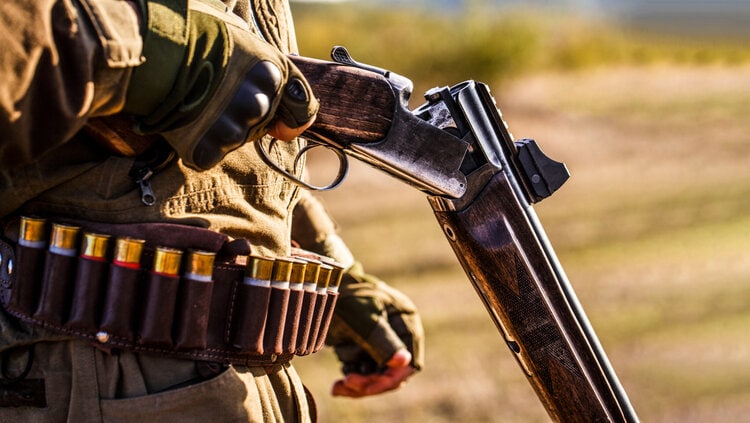
Since shotguns have various purposes, you must research which shotgun is the best for hunting your preferred game. In terms of deer, here are some features to look for:
Weight
You’ll carry your shotgun for long hours when you’re out in the wild. Thus, a lighter gun is better. The weight will also affect how well you can maneuver the shotgun. For instance, a longer barrel will make the gun heavier. However, a longer barrel also means that the pellets will have a straighter trajectory, which can be helpful in long-range shooting.
Gauge
The gauge in a shotgun measures how big the bore is. The bore is the inside diameter of the barrel.
Typically, shotguns have 28, 20, 16, 12, and 10 gauges. Therefore, the 12-gauge shotgun is the ideal choice for hunting deer. However, if the recoil from the 12-gauge weapon is too tricky for you, choose a shotgun with a higher gauge.
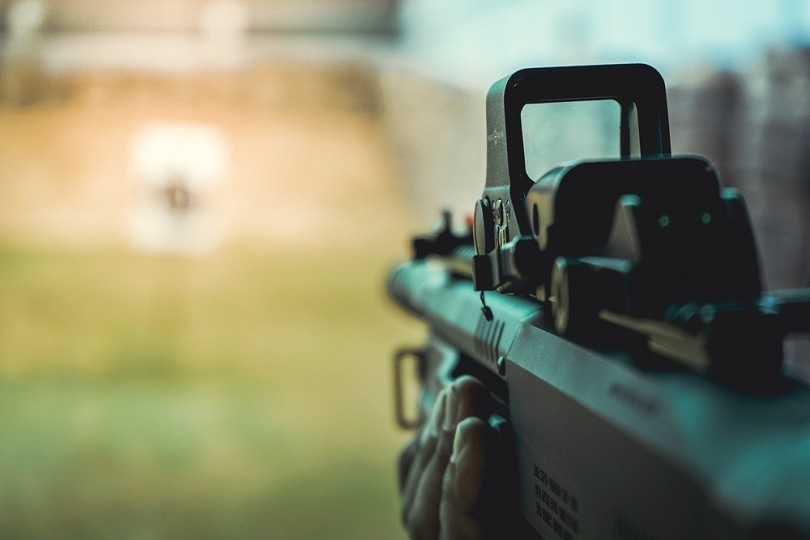
Choke
The choke helps to control the spread of the pellets. In this way, it improves the accuracy of the shot. While some shotguns come with fixed chokes, others allow interchangeable chokes. Here’s what you need to know about chokes:
- Full Choke: Since it has the narrowest dispersion, it’s suitable for long-range shooting.
- Modified Choke: You can use it for medium-range shooting.
- Improved Cylinder Choke or Cylinder Choke: These two are best for short ranges.
When choosing the choke size, base your decision on the distance a pellet has to travel. The longer the distance, the tighter the choke should be.
Suppose you want to hunt deer in a 100-yard zone. You’ll need a full choke shotgun. But an improved cylinder or modified choke will do the job if you’re hunting a game that’s only 25 yards away.
Ammunition
Good penetration and expansion are the two characteristics you want in your deer-hunting shotgun shells. The pellets should be able to penetrate the hide and flesh of the deer and then expand once inside the body. Doing this will ensure you make a clean kill. Typically, slugs or buckshot are used for hunting deer with a shotgun.
Tips for Hunting Deer With a Shotgun

Although it’s possible to hunt deer with a shotgun, it’s not exactly an easy feat. Here are some tips that will help.
Use a Line of Bullets
Since deer can run away quickly, it’s better to use a line of bullets rather than just one. In this way, you’re more likely to hit the deer while it’s running.
Choose the Right Shells
The size of the shell is essential when hunting deer with a shotgun. You’ll want to use large enough shells to kill the deer but not so large that they’ll damage the meat.
Be Accurate
It’s essential to be accurate when hunting deer with a shotgun. You don’t want to wound the animal and have it suffer needlessly. Plus, if you miss the shot, the deer will run away due to the noise. So, take your time and ensure you’re aiming carefully before pulling the trigger.
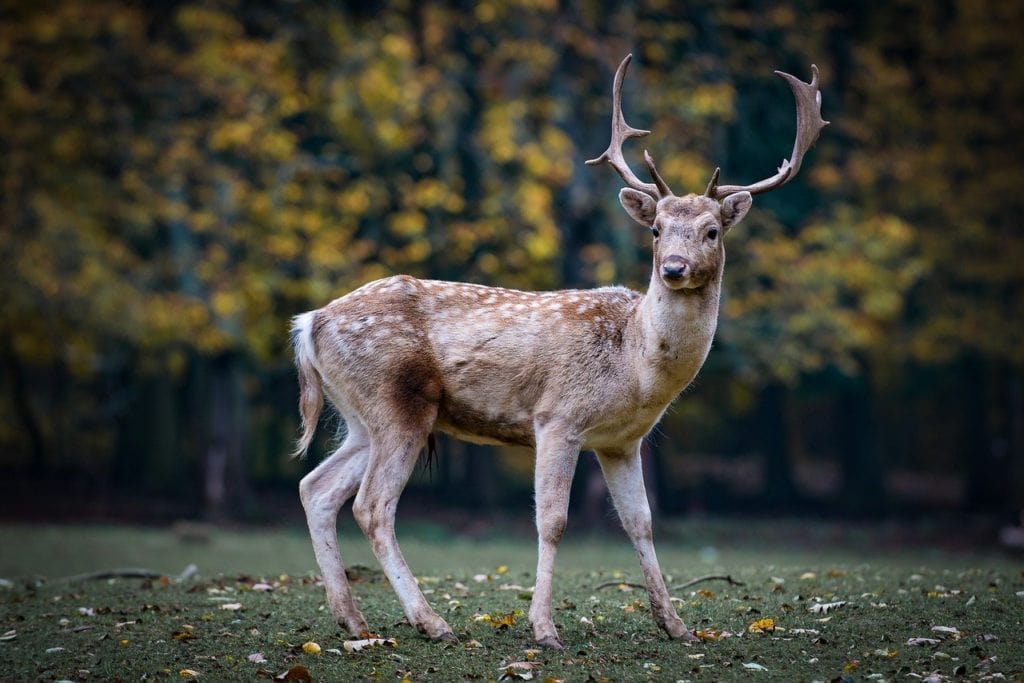
Read Your State’s Laws
All states have different laws for deer hunting. While some states allow the use of shotguns, others do not. Make sure you’re familiar with the laws in your state before you go hunting.
Some states may allow only certain types of shotguns for deer hunting. If you’re unsure about the regulations in your state, the Internet is your best resource.
Shoot From a Short Range
Since a shotgun is not as accurate as a rifle, you’ll want to be within a short range of the deer before you shoot. If the deer is farther than the 200-yard range, you can let it go or move closer to your target.
Aim for the Lungs or Heart
You’ll want to aim for the lungs or the heart when shooting a deer. It will ensure a quick and humane kill. The head is also a good target, but it’s more challenging to hit.
Rifle: An Alternative to the Shotgun
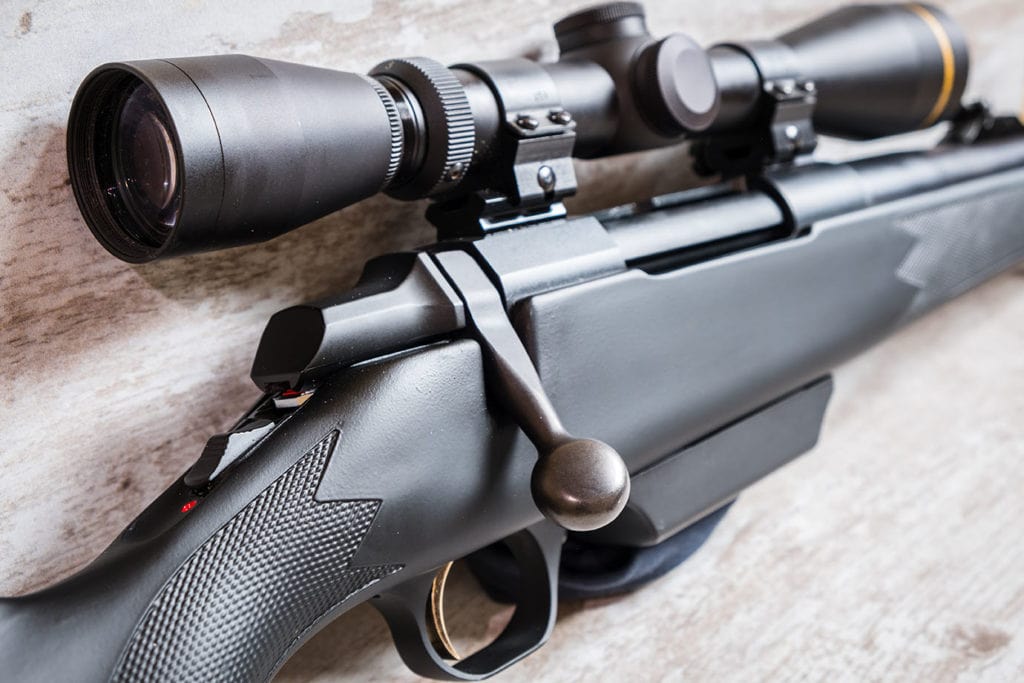
A rifle is good for deer hunting because it is more accurate than a shotgun and can shoot at a longer range. It can also be fitted with a scope, making it even more accurate.
Deer are usually skittish and will move if they hear a gunshot. So, a hunter must be able to shoot quickly and accurately to take one down. Plus, most deer hunting is done in woods where a longer-range shot is more likely. A rifle is simply better suited for that type of environment. That might make you wonder why you would opt for a shotgun when a rifle is a better choice. Well, many states and regions only allow you to hunt with a shotgun.
Likewise, local regulations may allow shotgun-only hunting exclusively if you’re on a wildlife management area or public land. As a result, you’ll have no choice but to use a shotgun for hunting deer.
If you want to increase the functionality of your shotgun, add a rifled slug barrel to it. A rifled slug barrel is a smooth-bore barrel with spiral grooves cut inside. These grooves spin the slug as it exits the barrel, which makes it more accurate. It also provides for a more extended range than a traditional shotgun. Depending on your barrel, you might get an additional 150 yards of range for hunting.

Final Thoughts
To sum it up, while you can use a shotgun for hunting deer, you must be close to your target and aim well to take one down. On the other hand, a rifle is more accurate and can be fitted with a scope for an even better aim.
If you have a choice, go for a rifle over a shotgun. But if the rules don’t allow it, stick with a shotgun since it can also pack an impressive punch.
Featured Image Credit: Volodymyr TVERDOKHLIB, Shutterstock
About the Author Jeff Weishaupt
Jeff is a tech professional by day, writer, and amateur photographer by night. He's had the privilege of leading software teams for startups to the Fortune 100 over the past two decades. He currently works in the data privacy space. Jeff's amateur photography interests started in 2008 when he got his first DSLR camera, the Canon Rebel. Since then, he's taken tens of thousands of photos. His favorite handheld camera these days is his Google Pixel 6 XL. He loves taking photos of nature and his kids. In 2016, he bought his first drone, the Mavic Pro. Taking photos from the air is an amazing perspective, and he loves to take his drone while traveling.
Related Articles:
Can You Use Binoculars to Look At Stars? How to Choose the Right Pair
How to Clean a Refractor Telescope: Step-by-Step Guide
How to Clean a Telescope Eyepiece: Step-by-Step Guide
How to Clean a Rifle Scope: 8 Expert Tips
Monocular vs Telescope: Differences Explained (With Pictures)
What Is a Monocular Used For? 8 Common Functions
How to Clean a Telescope Mirror: 8 Expert Tips
Brightfield vs Phase Contrast Microscopy: The Differences Explained
